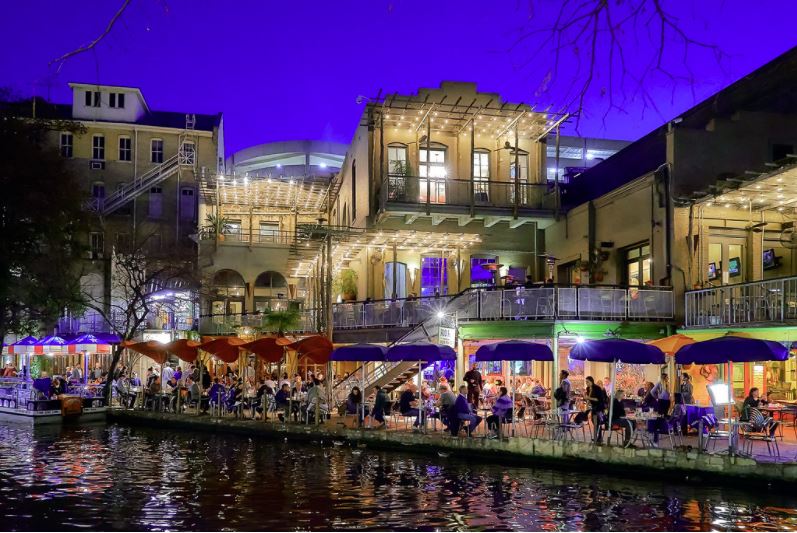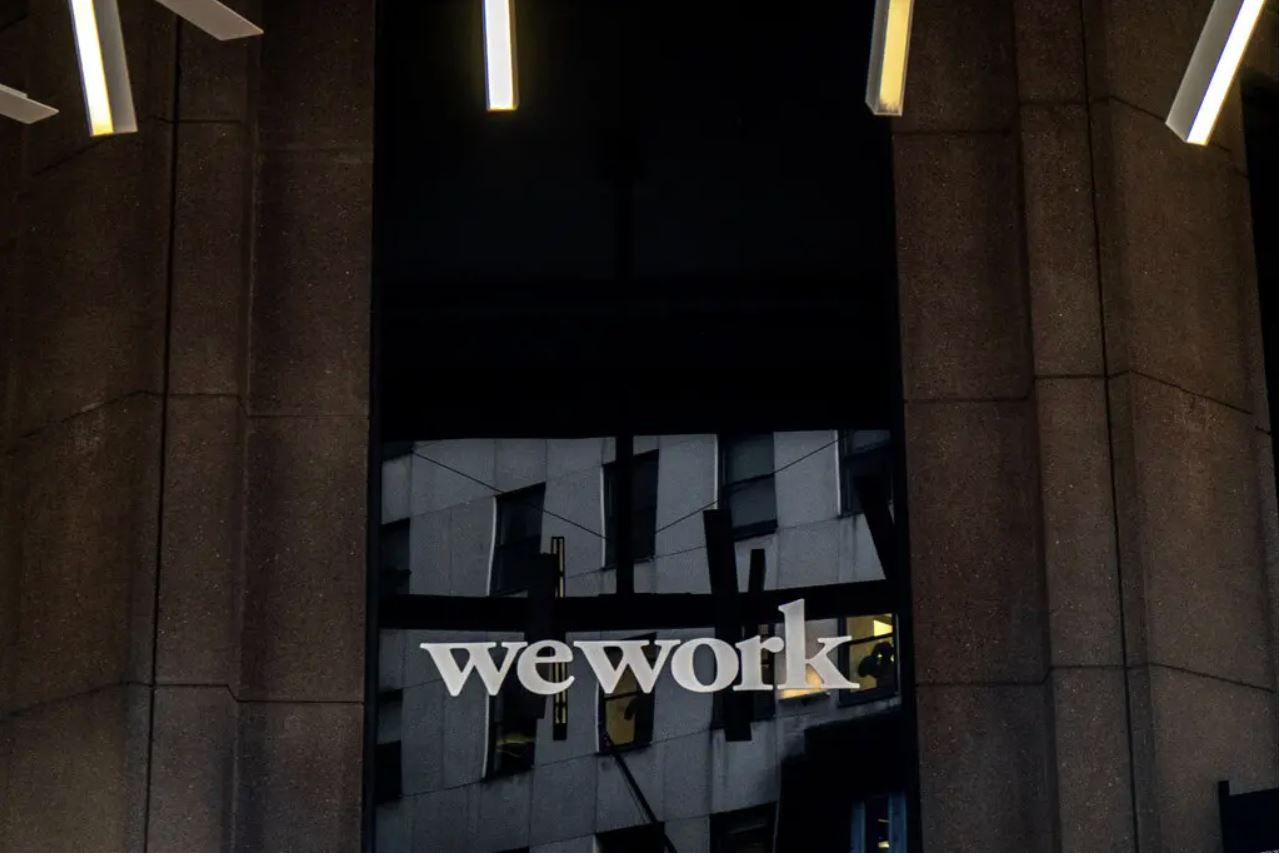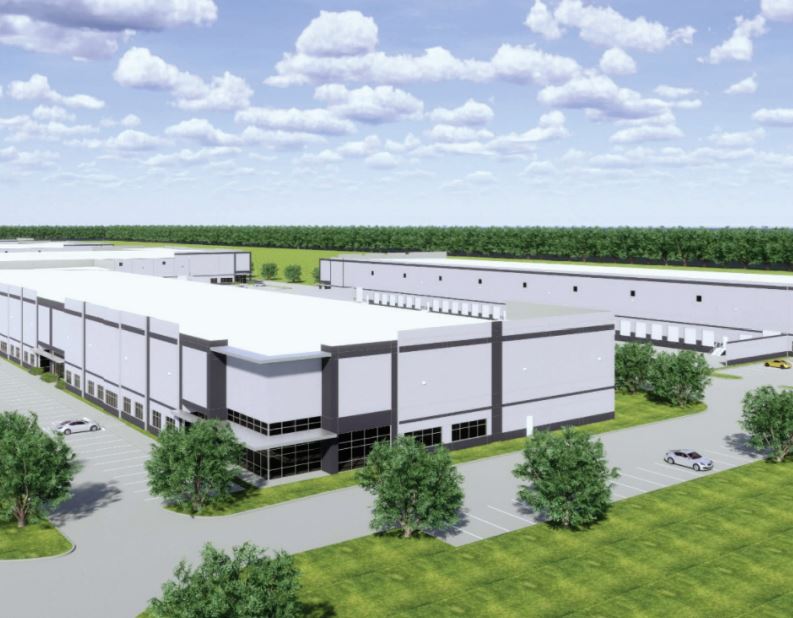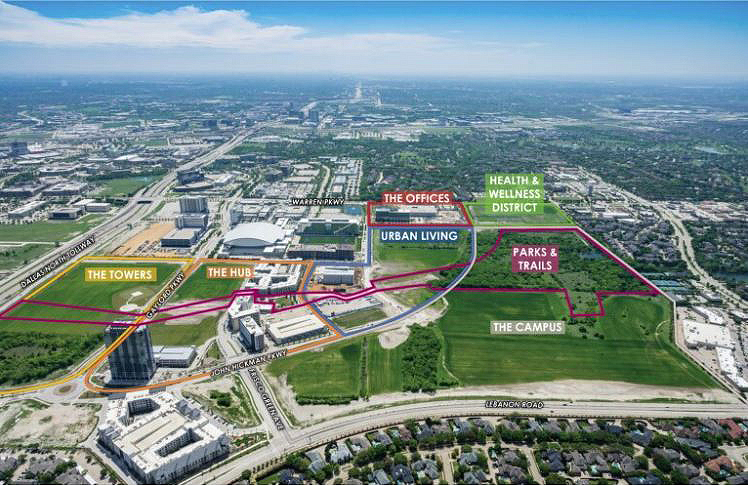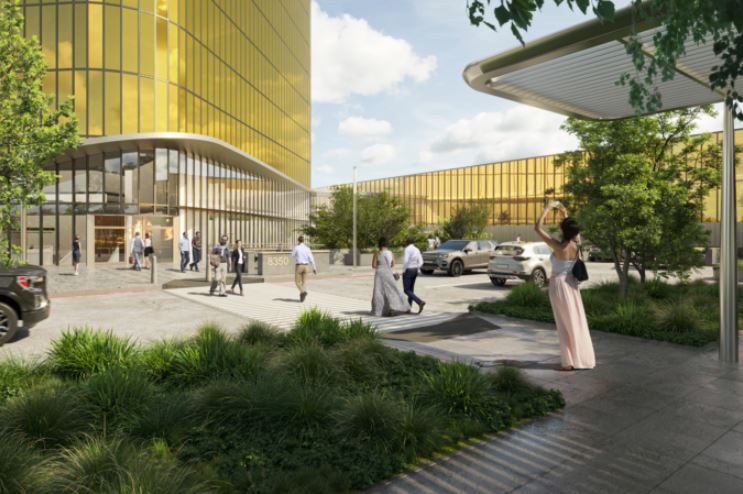While other major cities across the country have witnessed dramatic upticks in office vacancy due to the pandemic and changing nature of the workplace, the office market in San Antonio has remained relatively steady throughout the last couple of years. The market has performed well enough in the last quarter, that San Antonio was listed as one of the top 10 office markets in the country by the National Association of REALTORS.
The most recent office vacancy figure for San Antonio sits just below 11%, according to a Q3 report from NAI Partners. While not exactly the strongest number, the one thing that San Antonio can boast is consistency. Over the last ten years, the San Antonio office market has ebbed and flowed between 9% and 12% total office vacancy. The highest vacancy level was in 2012, during the Great Recession, while the low was in 2018 as the country’s real estate market was booming.

Essentially, San Antonio hasn’t had to face the challenge of having a major glut of vacant office space like other major cities have.
A positive sign is the fact that San Antonio’s vacancy has decreased in last quarter, inching just below the 11% threshold. According to the NAI Partners report, leasing volume increased by 45% quarter-over-quarter with 700,000 square feet of office claimed during that period. Net absorption in the third quarter was around 8%, or roughly 390,000 square feet. Another 203,000 square feet of new office product was delivered in Q3 2021.

The NAI Partners report credits San Antonio’s stability to the quick economy recovery across Texas. While many other major metros witnessed ongoing stay-at-home orders and business shutdowns, Texas reopened quickly, giving its economy a head start on recovery. The National Association of REALTORS points to San Antonio’s close proximity to the booming (and expensive) Austin market.
But there could be much more growth in San Antonio in the coming years as Austin becomes too crowded and prohibitively expensive. NAI Partners highlights Tesla’s move from Palo Alto, California to Austin as a major boost to the regional economy and expansion of the Texas auto industry. Toyota and Navistar currently have a presence in San Antonio and the city is well-positioned to more investment in manufacturing and corporate offices in the near future.




